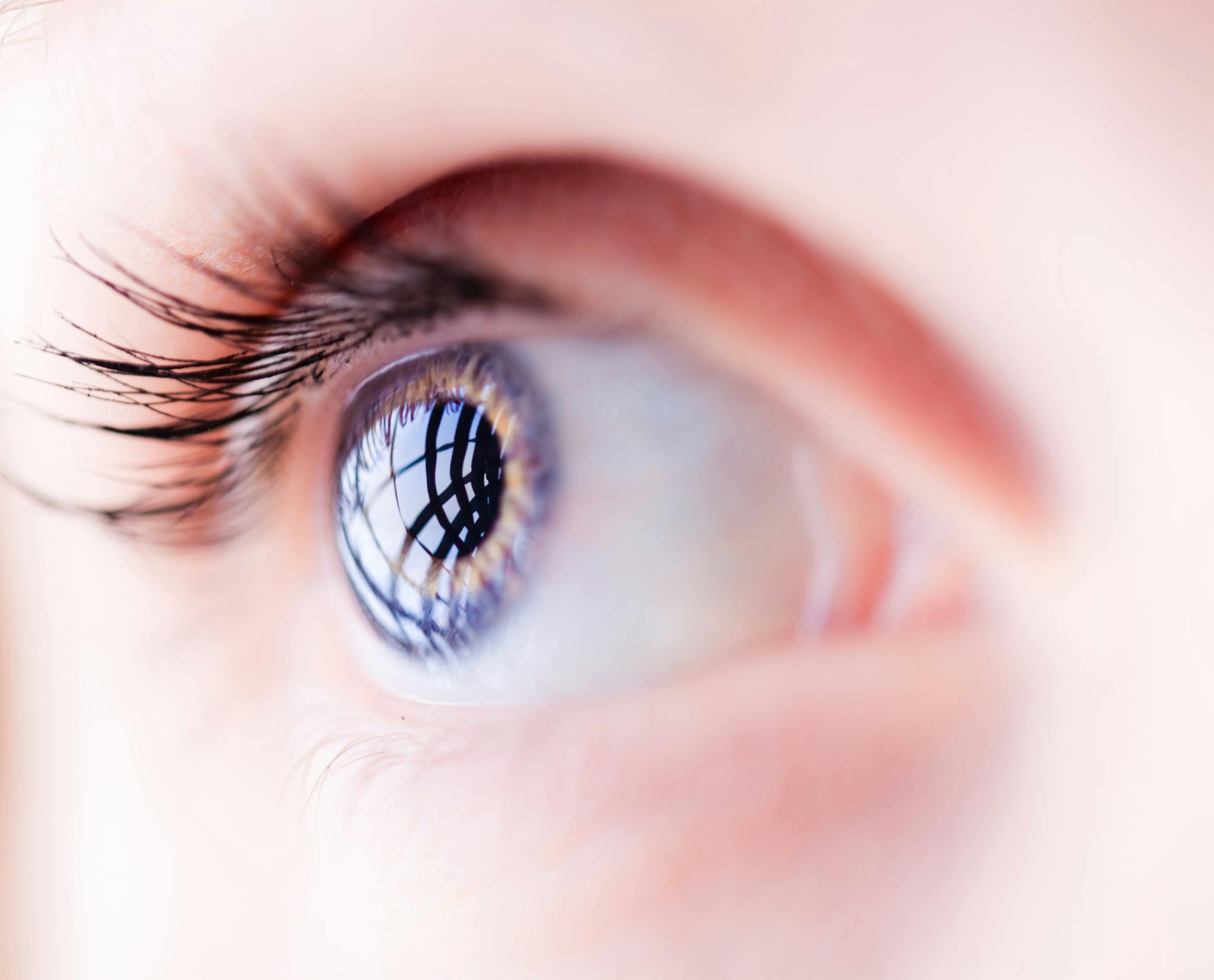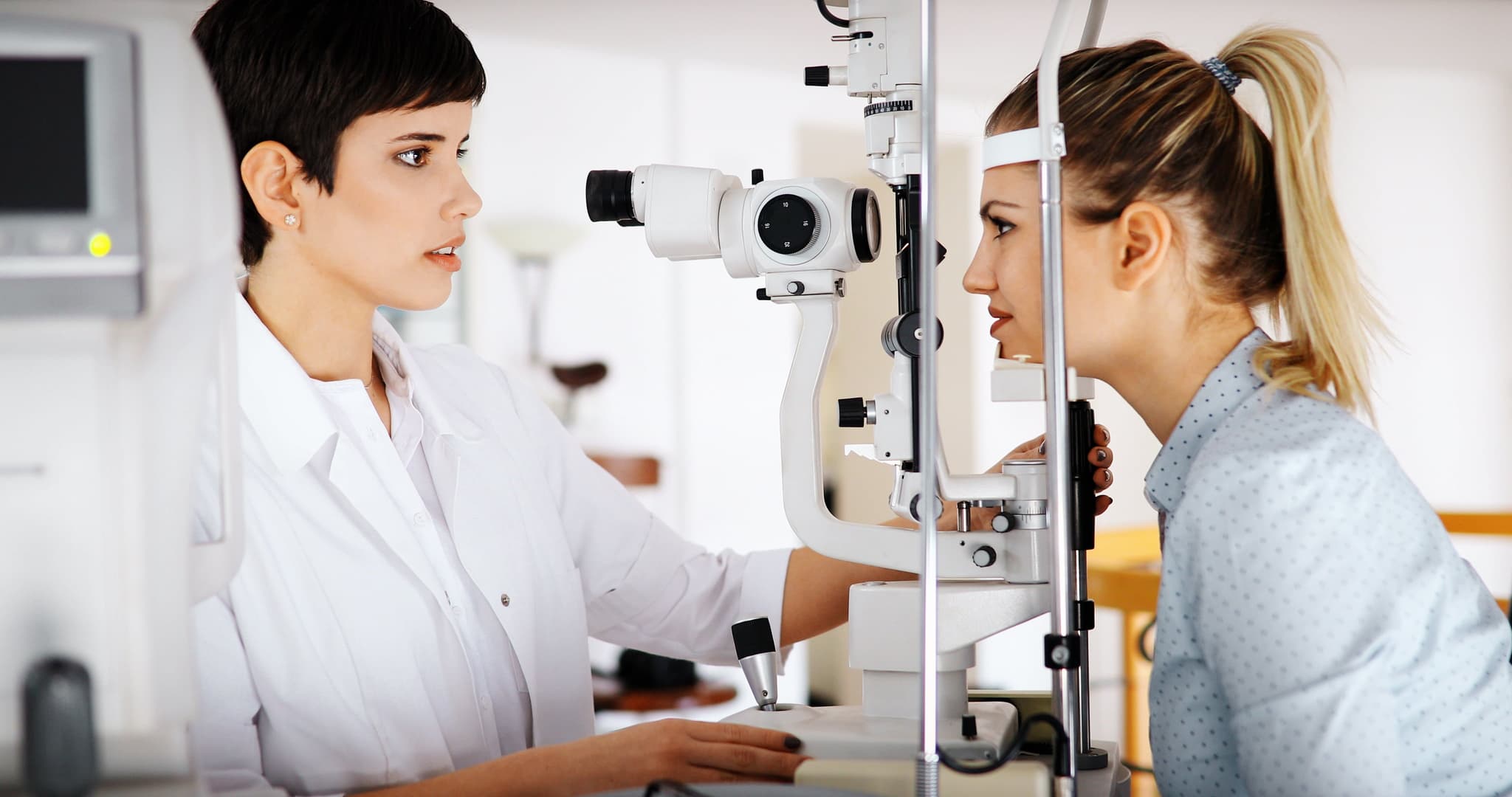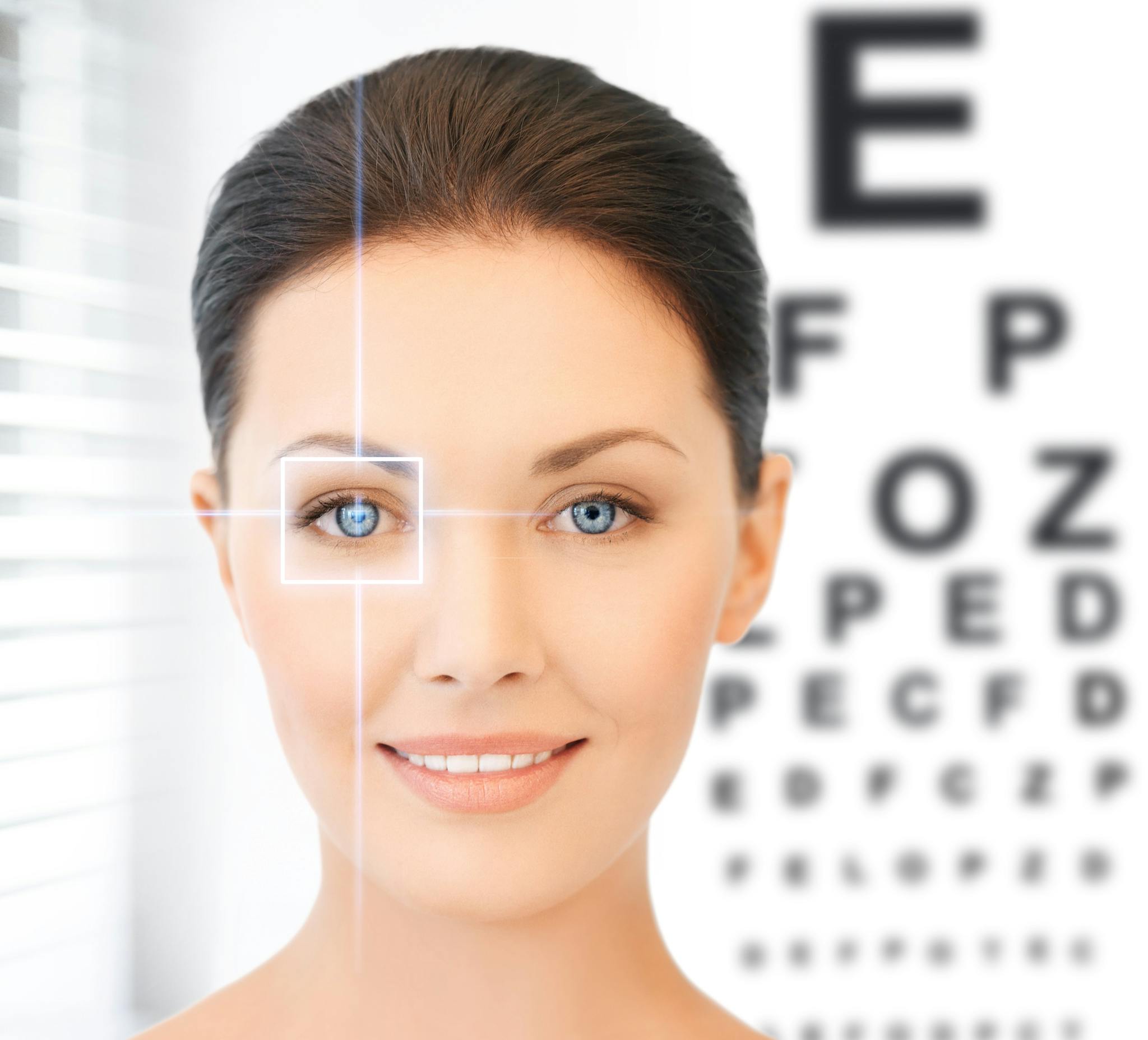
2022-06-15T09:48:15
Cataracts Awareness: Just See What you are Missing
- Ophthalmology
August 21, 2019 | Ophthalmology

When you think about getting your kids ready to go back to school, you probably think of buying new school clothes, meeting their teacher and going on a shopping spree for school supplies. But what about checking your child’s eye health? Studies show that when childhood vision disorders go unchecked, they can hinder a child’s self-esteem, development, school performance and social interactions well into adulthood.
A better understanding of the importance of annual vision screenings, symptoms of vision problems and how best to address them and the effect that the increasing use of electronics is having on children’s eye health will help your child succeed.
There are many different eye conditions and diseases that can affect your child’s vision. Early diagnosis and treatment are crucial, especially in the first six years of your child’s life in which he or she is most susceptible to vision changes. Although schools do perform vision screenings, they are not the most effective at finding and helping treat vision problems. School vision screenings can miss up to 75% of children with vision problems, and 61% of the children found to have problems never visit the doctor or get help.
The American Optometric Association (AOA) recommends that children get a comprehensive eye exam on a regular schedule starting in infancy. This includes:
It is also helpful to know and share your family eye health history with your doctor.
Amblyopia: More commonly known as a “lazy eye,” this condition refers to poor vision in an eye that has not developed normal sight. Amblyopia is a common condition, affecting two to three of every 100 people in the U.S. Your child may have amblyopia if one eye looks straight ahead while the other turns in, out, up or down.
Ptosis: Ptosis describes a drooping upper eyelid that covers the eye partially or entirely, causing vision blockage
Cloudy Eyes: This is when the surface of the eye appears cloudy instead of clear. This may be an indication of a cataract.
Myopia: This is also called nearsightedness. This condition causes far away objects to look blurred and occurs when the eye is too long or the cornea is too steep.
Hyperopia: Also known as farsightedness, hyperopia occurs when the eye is shorter than normal and makes up-close tasks, such as reading, more difficult.
Astigmatism: This condition occurs when the cornea, usually round in shape, is longer on one side and looks more like a football. This distorts and blurs vision for objects that are both close and far away.
The use of computers and smart devices has become common in the classroom and is all but vital to completing homework assignments. Students may even use e-books instead of a hard-copy textbook. Dr. Kimberly Friedman, a spokesperson for the AOA, said, “When children stare at screens for hours each day, it may cause visual discomfort that can interfere with their ability to focus and learn.” While continued use of computers and electronics will not damage a child’s vision, regular and lengthy use of technology at home or school can lead to a temporary condition called computer vision syndrome (CVS). Symptoms of CVS include eye strain, headaches, fatigue, burning or tired eyes, loss of focus, blurred vision, double vision, and head and neck pain. The AOA suggests parents adopt a 20-20-20 rule to prevent CVS: after 20 minutes of screen time, your child should take a 20-second break and view something 20 feet away.
Technology use may also increase as your child moves through the different stages of their education. Parents should look for signs and symptoms of CVS or undiagnosed vision problems that may require an eye exam.
The AOA suggests that parents of preschool and kindergarten-aged children should limit tech time to two hours or less each day and increase font size when possible. Parents of elementary school-aged children should encourage their children to position all devices half an arm’s length away from the eye, take frequent breaks and change positions often when working on a computer. Parents of middle and high school-aged students should encourage the same principles for elementary school-aged students as well as lowering the brightness levels of their electronic devices.
Parents should also ask themselves the following questions:
Your child’s eyes are some of the most important tools they have, and unaddressed vision problems can affect your child for years to come. If you think your child may have a vision or eye issue, talk to your eye doctor.
Sources:
“Childhood Eye Diseases and Conditions.” American Academy of Ophthalmology.
https://www.aao.org/eye-health/tips-prevention/common-childhood-diseases-conditions
“Four Tips to Make Sure Kids’ Eyes and Vision Are ‘Grade A’ This School Year.” American Academy of Ophthalmology.
https://www.aao.org/newsroom/news-releases/detail/back-to-school-eye-exams-vision-screening
“Back-to-School Checklist: Backpack, Computer, Wireless Access…and a Comprehensive Eye Exam.” American Optometric Association.
“Championing Children’s Eye Care.” American Optometric Association.
https://www.aoa.org/news/inside-optometry/championing-childrens-eye-care
“School Performance bridled by Poor Vision, Visual Disorders.” American Optometric Association.
https://www.aoa.org/news/clinical-eye-care/reading-proficiency-and-eye-exams
“Refractive Errors in Children.” American Academy of Ophthalmology.
https://www.aao.org/eye-health/tips-prevention/children-refractive-errors

WRITTEN BY:
The Live Better Team

2022-06-15T09:48:15

2019-02-22T12:02:17

2018-06-29T12:00:16

2018-05-30T14:59:59
This information is not intended to replace the advice of a medical professional. You should always consult your doctor before making decisions about your health.